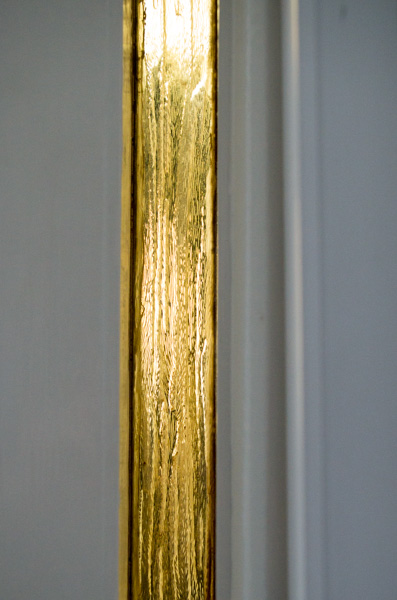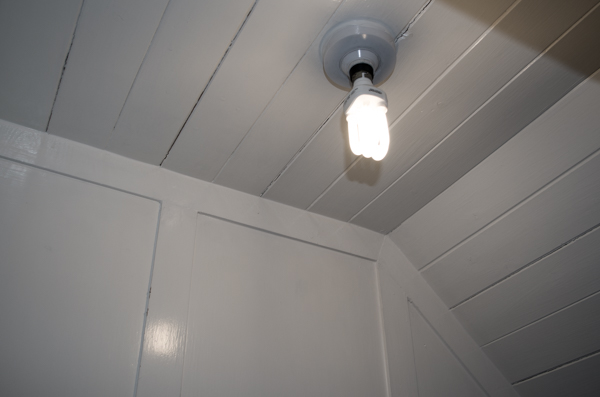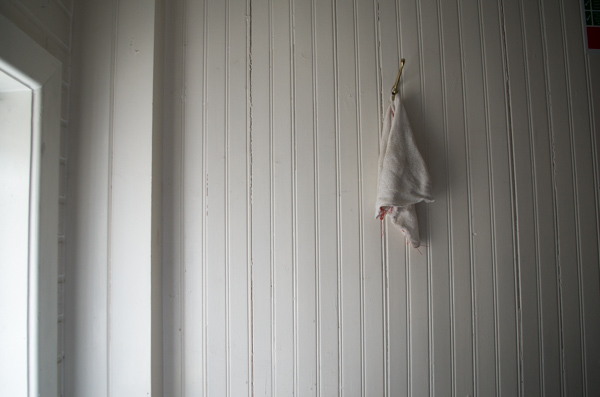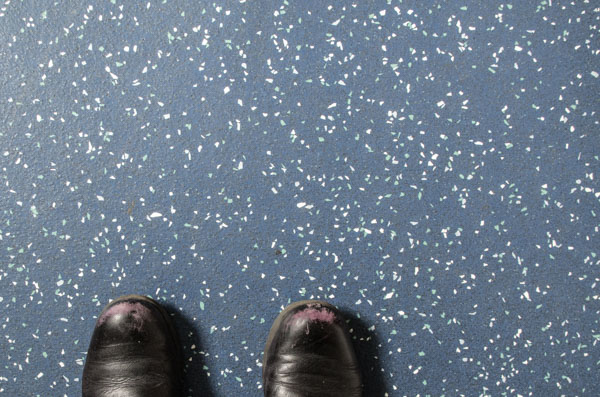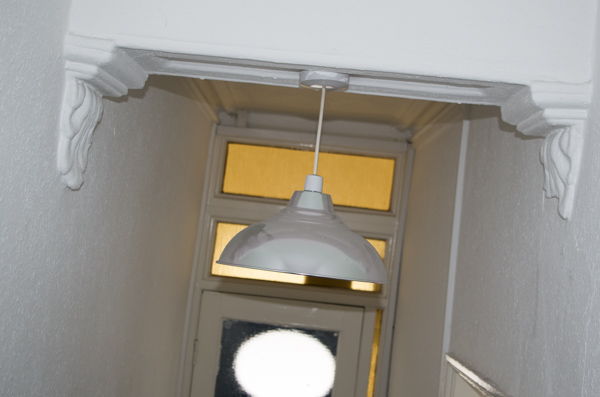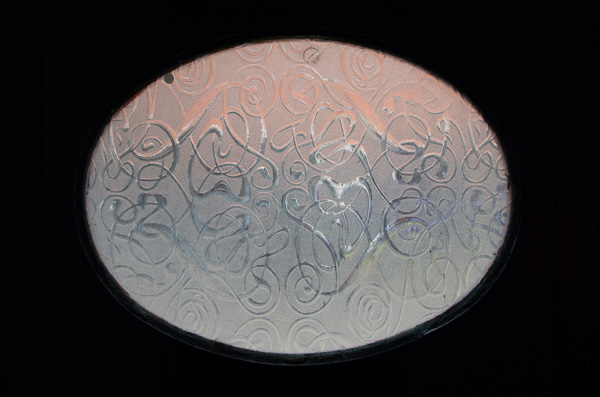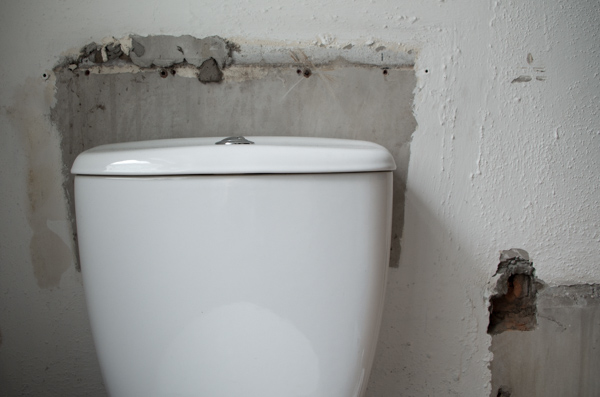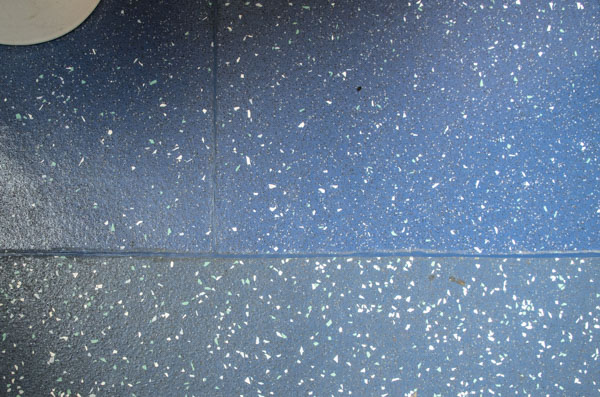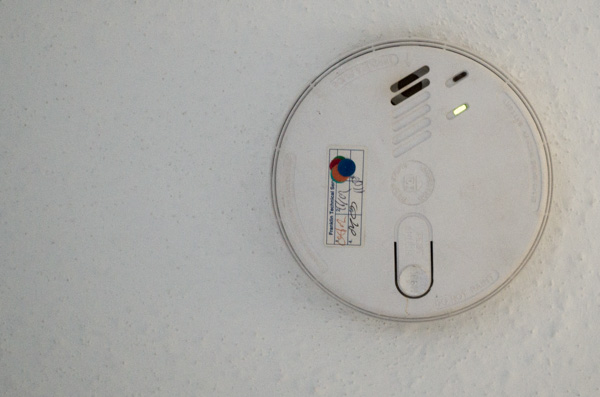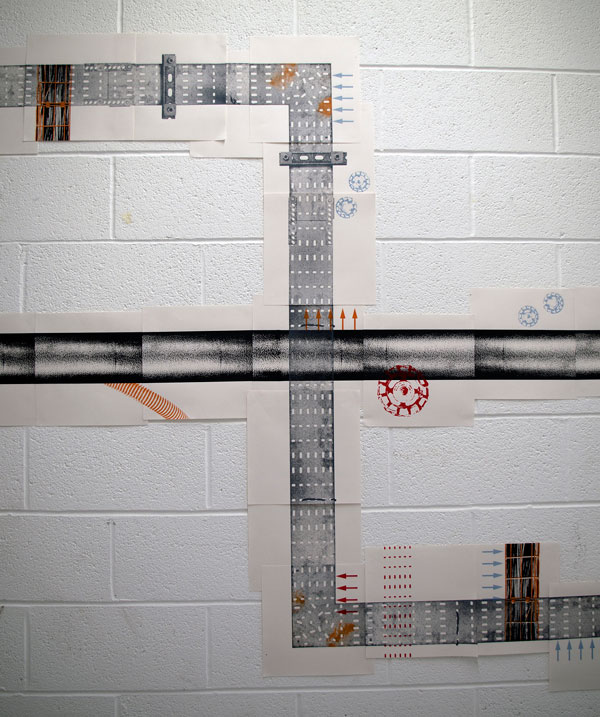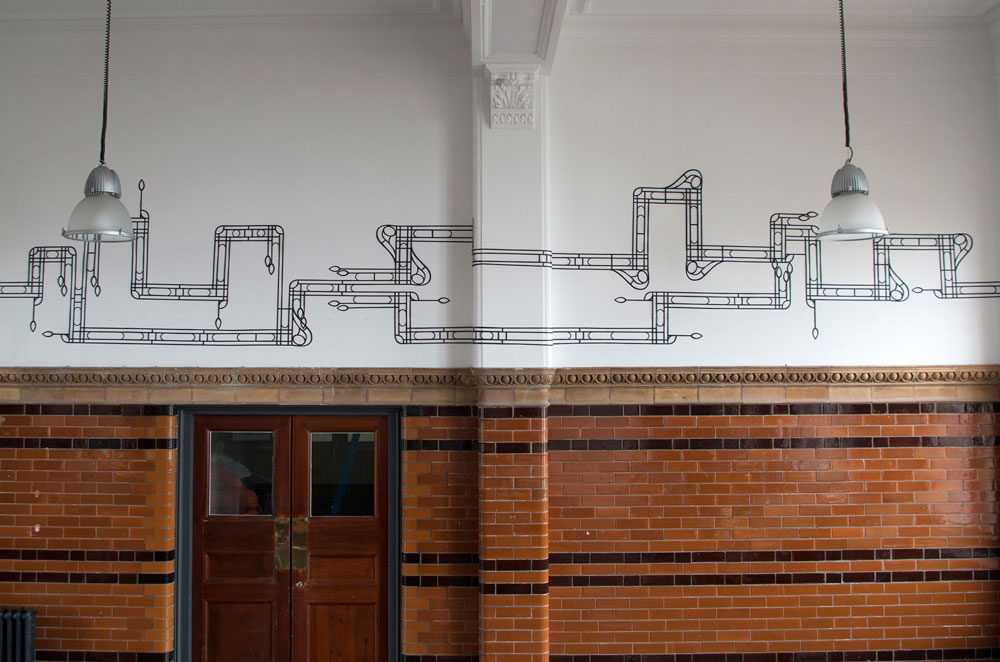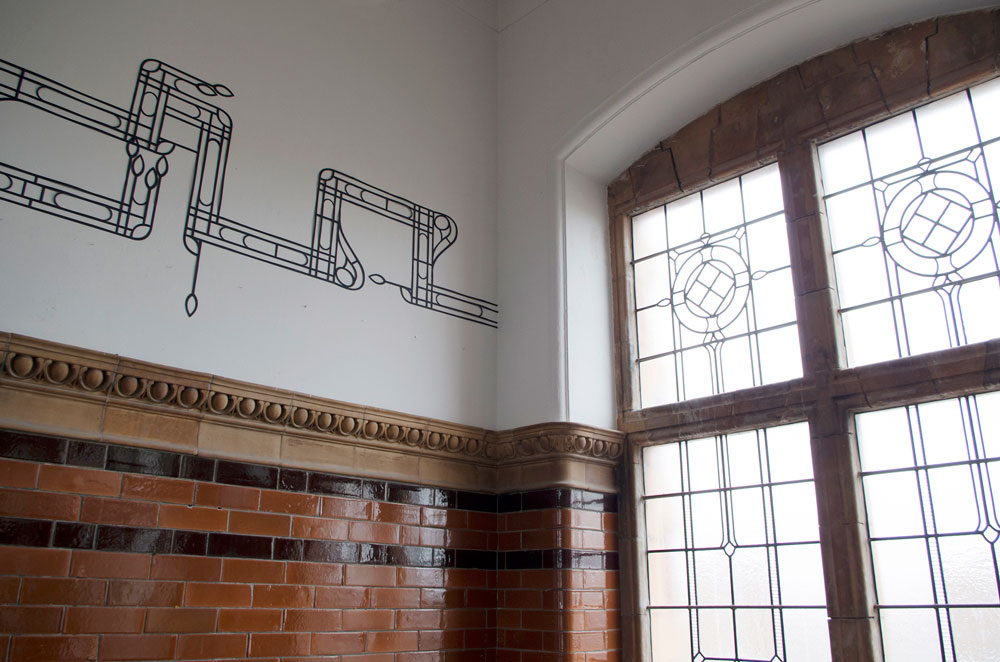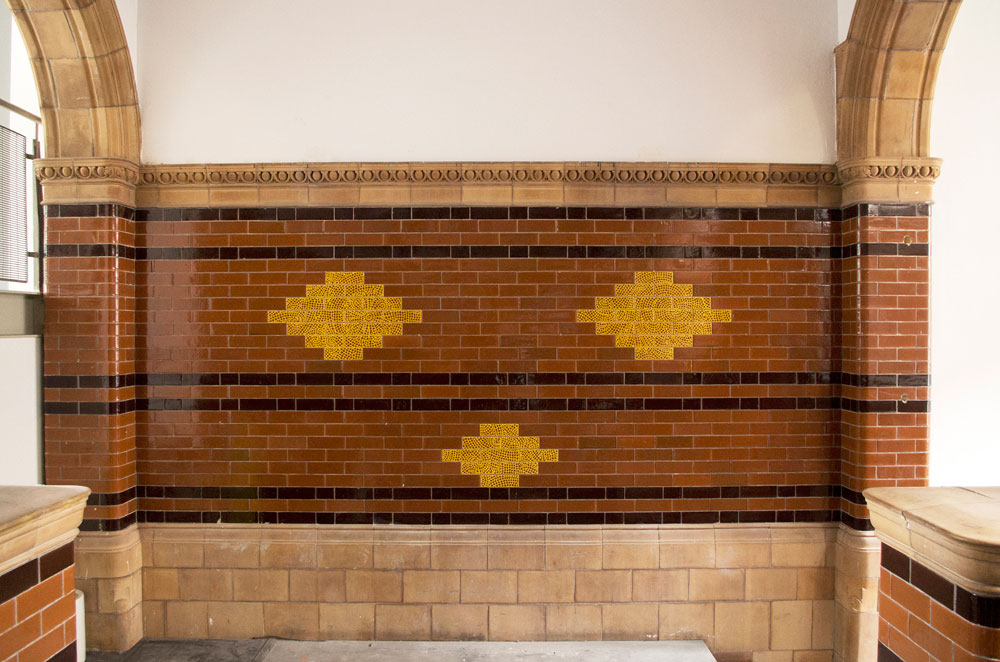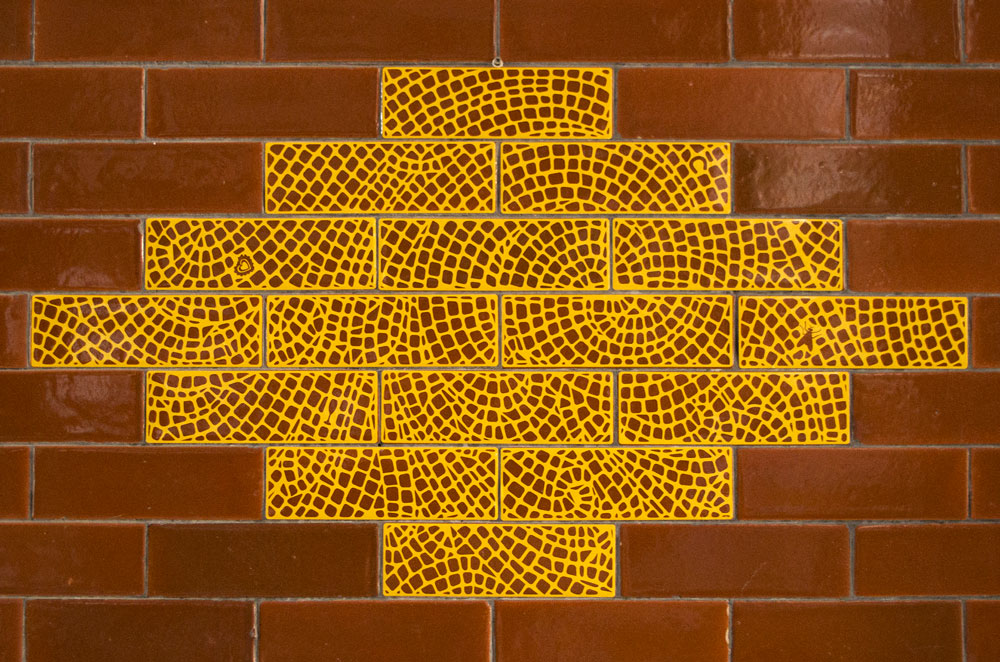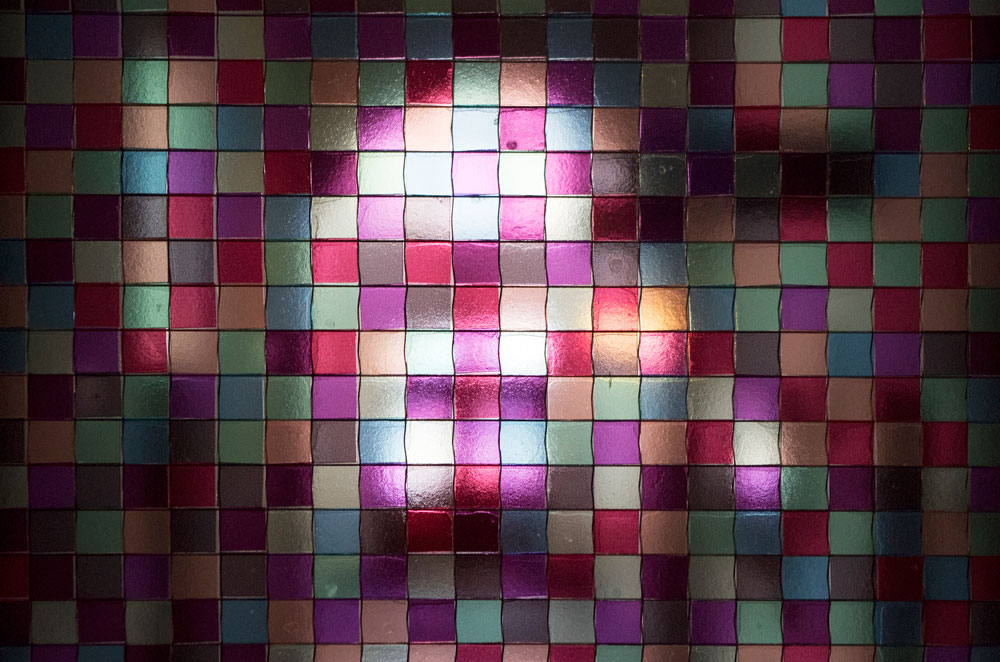For the next two weeks I’m doing a residency at In Certain Places in Preston. In Certain Places have led a programme of artistic interventions and events in the city for the last 12 years, producing an impressive range of projects that explore, question and test the boundaries of art, culture and urban development.
They’re based in a two-up, two-down townhouse in the centre of Preston, and that’s where I’m working for the next few weeks. The space is an odd mixture of domestic turned institution, with lots of white paint, boxed-in features, a huge amount of plug points and hardwearing, un-cosy carpet throughout. But there are still signs that it used to be a home, and that’s what I plan to work with. I want to bring some character and domesticity back to the house, with a series of interventions dispersed throughout the rooms. I’d like viewers to stumble across different pieces of work as they nose around, and to have the sense that they’ve discovered something special or forgotten.
The work that I produce, along with work by Claire Tindale, Steph Fletcher and Cherry Tenneson, will shown at In Certain Places as part of the launch of the Hannah Directory and the UCLan degree show on Friday 12 June at 5pm. The exhibition will also be open the following week.
I’ll update this blog with notes about my progress as I go along, but in the meantime, here are my initial photos taken to help me get to know the space...


